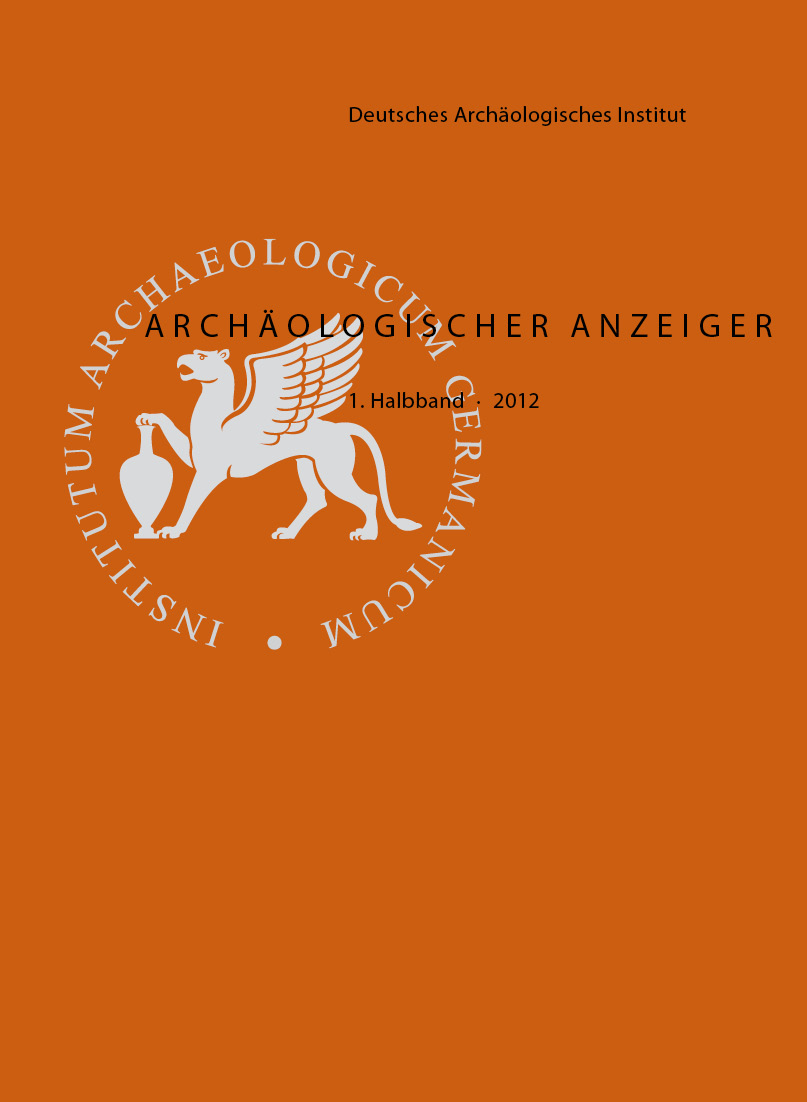A Group of Amphorae from Side Museum and a New Type of Amphora: The Lycian Amphora?
https://doi.org/10.34780/17l8-i8dx
Abstract
The amphorae exhibited in the Museum of Side are the main subject of this study. The eighteen amphorae studied were not found in an excavation context but were either donated to the museum, or purchased or confiscated by the museum directorate. Although the absence of stratigraphic data for the amphora group in the Museum seems to be a handicap for the dating, the difficulty is compensated by choosing the comparable material with a definitive context and dated find groups.
Amongst the presented amphorae, most are dated to the Roman Imperial Period; however a group differentiates itself with its distinct features (cat. 6. 7). It will hereby be introduced as a new type of amphora group. Although evidence about the production centre of this group is not certain yet, the south-west coast of Anatolia, probably Lycia, seems very likely because of the number of finds from that region. The same group of amphorae from Patara was dated by its context to 400–350 B.C. This new type of amphora group is very important to indicate the local production of amphorae at such an early period.


